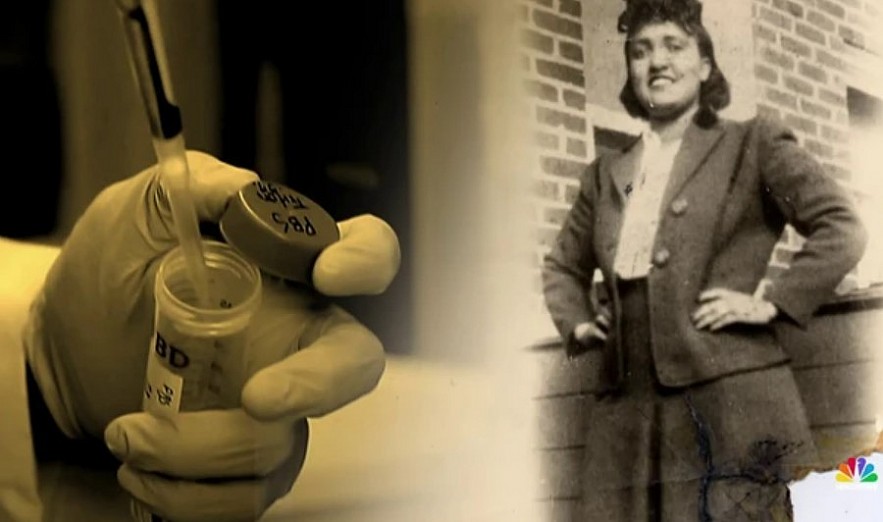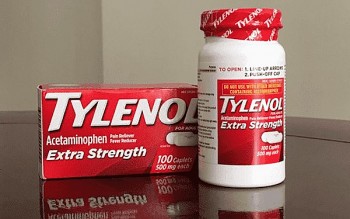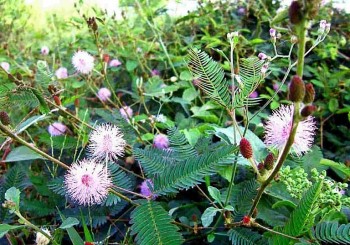Mystery of Henrietta's Immortal Life and HeLa Cells
Henrietta Lacks was born on August 1, 1920, as the daughter of a tenant farmer in Roanoke, Virginia, USA. Her mother died when she was four years old, so she was sent to live with her grandfather, where she grew up alongside her cousin David Lacks. They eventually married and had five children together.
Henrietta and David worked on the farm until 1941, when they relocated to Baltimore, Maryland in pursuit of a better life. They settled in a predominantly black neighborhood, with Henrietta raising the children and David working in a steel mill.
After giving birth to her fifth child in January 1951, Henrietta noticed unusual vaginal bleeding, was very uncomfortable, and went to Johns Hopkins Hospital, one of the hospitals for black patients. Following an examination, the doctor discovered a large malignant tumour in her cervix and diagnosed it as cervical cancer.
 |
| Who is Henrietta Lacks with the Immortal Life |
Radiotherapy was the standard treatment at the time, which involved irradiating tumors with radium radiation in order to kill cancer cells. Before treating Henrietta, the doctor took two small pieces of tissue from her uterus, one normal and one cancerous, without her permission or knowledge.
This was legal at the time because hospitals had the authority to conduct research on patient tissue samples, and black people's rights were not fully protected. The two pieces of tissue were delivered to the hospital laboratory, where scientist George Gay was attempting to grow human cells for a variety of studies.
He attempted several times but was unsuccessful because human cells have difficulty surviving and reproducing outside of the body and typically live only a few days before dying. However, when he received Henrietta's cancer cells, he was surprised to find that they not only did not die but also grew at an alarming rate, doubling every 24 hours.
He placed these cells in a petri dish, giving them nutrients and a warm environment. They continued to divide like a moving machine. He called these cells HeLa cells, after Henrietta Lacks.
He realized he had discovered an immortal cell with great potential for medical research. At the same time, Henrietta Lacks had no idea her cells were being used in the experiment; she simply followed her doctor's orders and visited the hospital on a regular basis for radiation treatment. However, this treatment was ineffective; her cancer spread to other organs, her body weakened, and Henrietta died on October 4, 1951, in her hospital room, aged 31. She was buried in an unidentified cemetery in Virginia.
George Gay did not publish his discovery of HeLa cells or file a patent for himself. Instead, he generously shared the cells with other scientists, even sending them for free to laboratories in need. He considered these cells to be humanity's property, not his own, and hoped they would help advance science and medicine.
He created a special culture chamber for HeLa cells in his laboratory and hired a technician named Mary Kubachek to care for and distribute them. HeLa cells quickly became a scientific phenomenon, being used in a wide range of studies on vaccines, genetics, cancer, immunology, AIDS, aging, nuclear transplantation, and other topics. They've also been sent to space to investigate the effects of microgravity on cells.
 |
| HeLa Cells |
HeLa cells have almost limitless applications; they have made significant contributions to the advancement of science and medicine, and they are regarded as "the cornerstone of modern biology".
Although Henrietta's cells contributed significantly to scientific progress, she and her family were still ignored and deprived. Henrietta's cells were harvested without her knowledge or consent, and her family received no compensation or recognition.
Henrietta's family was unaware of the existence and significance of her cells until 1973, when some scientists attempted to collect additional cell samples from her children to study the genetic characteristics of her cells. HeLa cells. However, Henrietta's family received no explanation or respect; they had no idea what cells were. Henrietta's family did not benefit from her cells; instead, they lived in poverty, hunger, and illness.
 |
| HeLa cells, the inaugural immortal human cell line, have significantly contributed to medical research and facilitated numerous pivotal scientific discoveries, thereby reshaping the annals of medicine and bestowing advantageous outcomes upon humanity. advantageous for all of humanity. |
In fact, HeLa cells have grown into a massive commercial industry, widely sold and used, providing enormous benefits to numerous scientists and businesses. Henrietta's family attempted to protect their rights and interests through legal means, but they faced numerous difficulties and opposition because the law at the time did not protect the right to own or use tissue samples from the patient. It does not require hospitals or scientists to do so.
Henrietta's story does not end there; what happened to her cell and her family has piqued the interest and sympathy of some people who are seeking justice for her and her family, one of whom is journalist Rebecca Skloot. She spent ten years conducting extensive research on Henrietta Lacks' life, interviewing her family and friends, gathering a wealth of information, and writing the book "The Immortal Life of Henrietta Lacks," which tells her story to the world. She also established a foundation to use a portion of the book's proceeds to assist Henrietta's family with medical and educational expenses. Her book was also adapted into a film starring Oprah Winfrey, which increased Henrietta's influence.
Henrietta is an unsung hero. Even though she died at the age of 31, her cells continued to exist and multiply in the world, making significant contributions to the advancement of science, medicine, and humanity. HeLa cells have now spread globally, with the total weight of regenerated cells estimated to be equal to 100 Empire State Buildings. Her legacy deserves our gratitude.
 Top 5 Best American Headache Medicines in the World Top 5 Best American Headache Medicines in the World There are numerous causes for headaches, which is a common illness. American headache medications are frequently very safe, effective, and have few adverse effects. |
 Top 5 Best American Height Growth Medicine Top 5 Best American Height Growth Medicine Many people choose to use medications to increase their height. American height enhancing drugs are always the first choice all over the world. Join KnowInsiders.com ... |
 Top 8 Best American Medicines for Stomach Pain Top 8 Best American Medicines for Stomach Pain Many patients worldwide consistently trust American stomach medicine. In addition to their great efficacy, these drugs' safety and provenance contribute to their high regard. |
 Mimosa Pudica Plant (Shame Tree) Prevents Cancer According to Oriental Medicine Mimosa Pudica Plant (Shame Tree) Prevents Cancer According to Oriental Medicine Mimosa Pudica Plant (or Shame Tree/Sensitive Plant) contains selenium, flavonoids, crocetin, minocin, amino acids, and organic acids that prevent diseases including cancer. |























